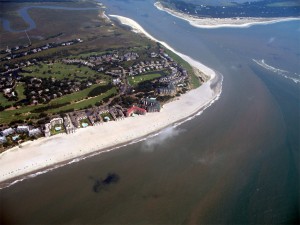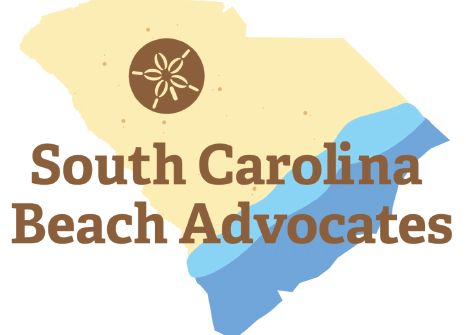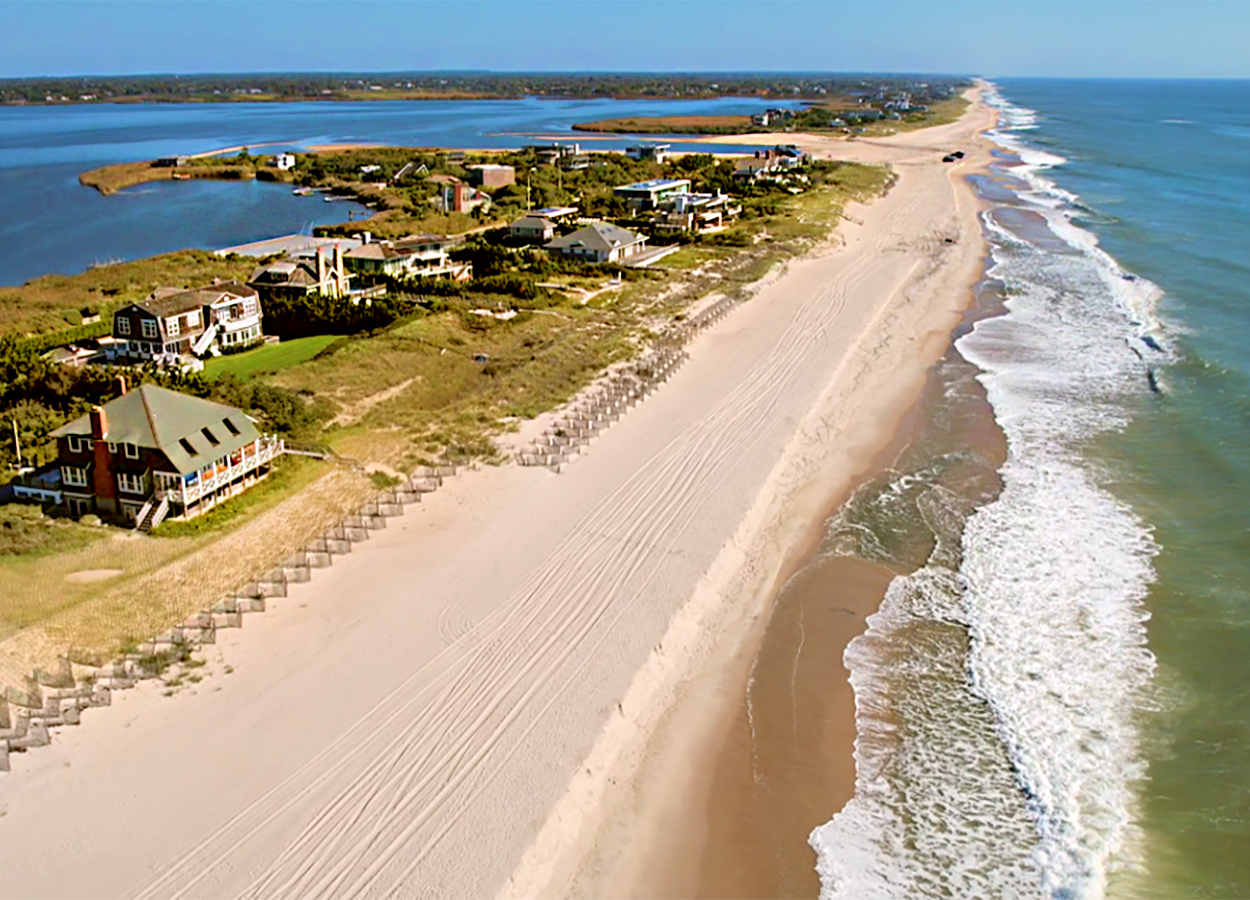Isle of Palms is a 7-mile long, 1-mile wide barrier island off South Carolina’s coast in Charleston County. It is a blend of almost 5,000 fulltime residents, and 20,000 to 50,000 investment owners and visitors. The Wild Dunes Resort occupies 1,500 acres on the northeast end of the island, which includes two 18-hole Fazio golf courses.
A July 2007 survey indicated that the condition of the beach at the northeast end was worse than at any time since May 1984. Sand volumes in this area had dwindled to an average of only 99 cubic yards per linear foot at low tide compared to the 1984 average of 123 cubic yards per linear foot, and even a peak in the late 90’s at 165 cubic yards per linear foot. The result was basically loss of any dry beach, and direct encroachment of the water on upland property. Erosion was so severe that emergency sand bags had been placed along nearly all properties in that area to protect building foundations. However, the bags have not been totally effective.
CSE was hired to design and implement a beach renourishment project for this end of the Isle of Palms, to include a systematic and thorough removal of all sand bags in the project area. The plan called for up to 885,000 cubic yards of beach quality sand to be placed on the beach via hydraulic dredge, and removal of some 9,000 sand bags. Weeks Marine, Inc. was contracted for the dredging, and CSE staff worked on the beach with them to analyze and dispose of the sand bags.
The window of time permitted for the project was May 15, 2008 through July 31, 2008. Weeks Marine mobilized and began work on May 15th. The dredging operation ran 24-hour, 7 days a week, with sand bag removal running simultaneously roughly 9 hours a day for 6 days a week. Fork lifts and bobcats were on the beach lifting and disposing of sand bags, as staff slit and analyzed each bag’s content for appropriate disposal. Offshore, Weeks’ hydraulic dredge, the R.S. Weeks, pumped beach-quality sand from pre-approved borrow areas through 30-inch pipelines onto the shore, ultimately covering 10,200 linear feet of beach. All permit requirements for environmental concerns were met, with certified turtle teams monitoring the beach daily and successfully relocating 3 turtle nests during the project time frame.
Weather conditions during the project period were ideal, with no major delays interrupting either offshore or onshore operations. One minor glitch did occur, however, in June, when a loud rattling noise came from the sand pipe on the beach and a ten-inch cannonball spilled out from the pipe onto the sand. CSE engineer and Project Manager for the Isle of Palms project, Brooke Fassnidge, was on the beach with Weeks personnel at the time and immediately cleared the area for the appropriate emergency and state officials to assess the situation. State Historian Richard Hatcher identified the cannonball as a Civil War munition that had been resting on the ocean floor for over 100 years. It was initially transported to Fort Sumter for cleaning and preparation for final transport to the SC Historic Preservation Office.
Substantial completion of all operations was achieved on June 27, 2008, over a month ahead of schedule. Final completion was achieved on July 15th, still 2 weeks ahead of schedule. This was in no small part due to the dedicated and interdisciplinary team involved, with coordination and daily oversight by Brooke Fassnidge and Steven Traynum of CSE, and Doug Nelson of Weeks Marine. Isle of Palms was able to provide a wide, sandy beach to visitors for the better part of their summer season. A final total volume of 847,000 cubic yards of sand was placed on the beach, and a total of 9,401 sand bags removed. Environmental impacts were kept to a minimum, and plans for restoration of the famed 18th hole of the Links Golf Course are currently underway. Cannonball notwithstanding, it was a win-win project for all concerned!






